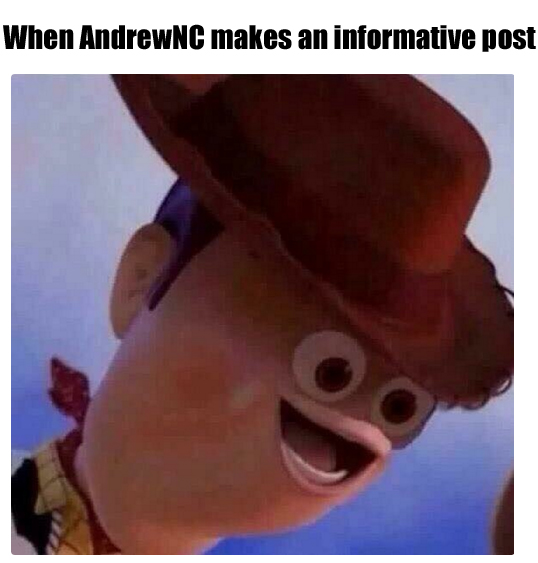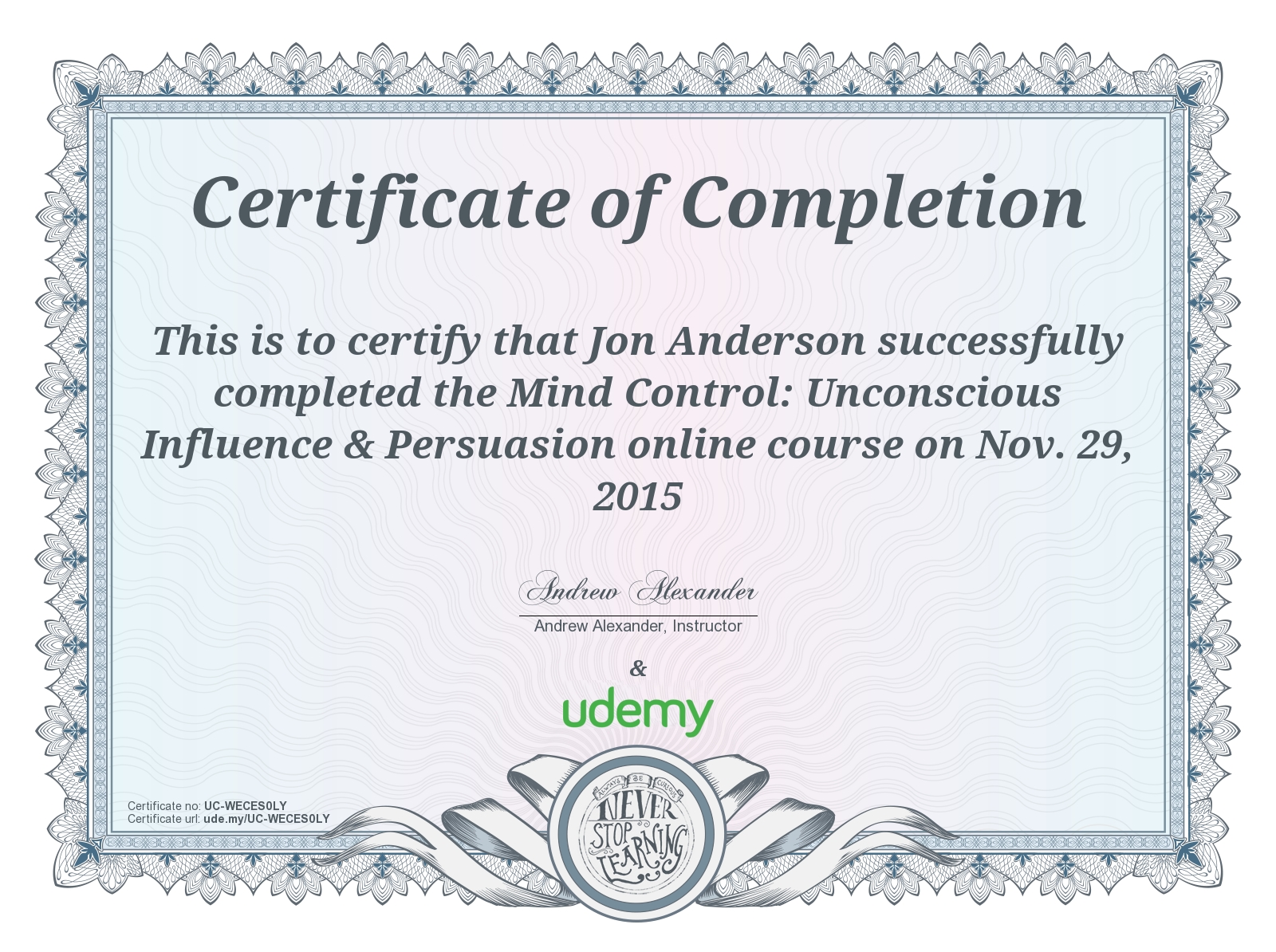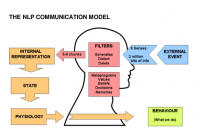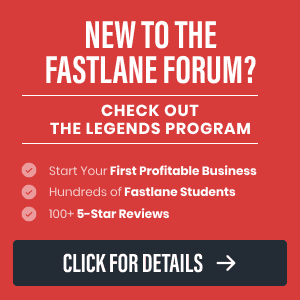User Power
Value/Post Ratio
433%
- Nov 14, 2011
- 2,486
- 10,752
Just uploaded a new course on udemy teaching about what I learned in NLP about unconscious influence and persuasion. The coupon code through the link below makes it free, and there's no expiration date on it.
It should help anyone here looking to do sales and marketing more effectively.
https://www.udemy.com/mind-control-unconscious-influence-persuasion/?couponCode=limitless1234
Enjoy
It should help anyone here looking to do sales and marketing more effectively.
https://www.udemy.com/mind-control-unconscious-influence-persuasion/?couponCode=limitless1234
Enjoy
Dislike ads? Remove them and support the forum:
Subscribe to Fastlane Insiders.
Last edited:




